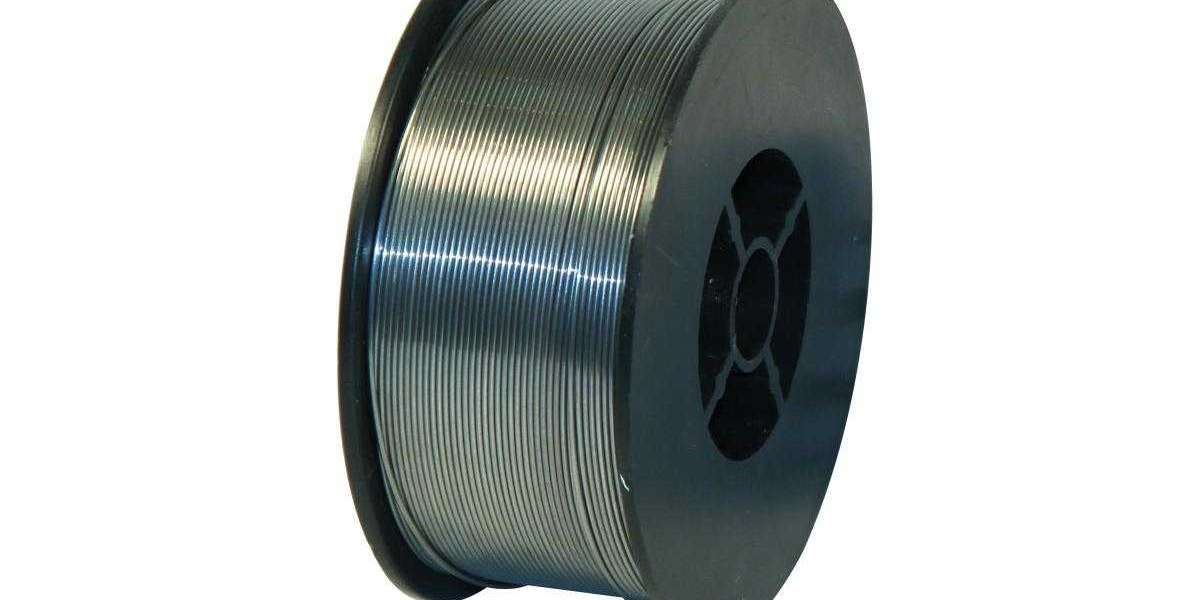A difficult part of life, pain can have an impact on one's physical, emotional, and mental health. For many, seeking relief frequently involves turning to medications, which, although useful, can have risks and adverse consequences. Thankfully, there are a number of mild, non-invasive treatments that can effectively reduce pain without the need for prescription drugs. This article examines several holistic methods and lifestyle changes that can support efficient and all-natural pain management.
Non-Invasive Pain Management
Pain management techniques that are non-invasive emphasize supporting the body's inherent healing abilities without requiring surgery or medication. These methods, which might include everything from lifestyle changes to physical therapy, frequently function best when integrated into an all-encompassing pain management strategy.
1. Meditation and mindfulness
The Mental Power
Meditating and practicing mindfulness are effective strategies for managing pain. By raising awareness of one's thoughts and emotions, they assist people in better controlling how they respond to pain. People can lessen tension and anxiety, which frequently make pain seem worse, by concentrating on the here and now.
How to Engage in Mindfulness Exercises:
Locate a Peaceful Area:
Take a comfortable seat in a peaceful area where you won't be bothered.
Keep Your Breath in Mind:
Breathe slowly and deeply while focusing on how it feels to inhale and exhale.
Recognize Your Thoughts:
When thoughts come to mind, notice them objectively and then gently bring your attention back to your breathing.
Practice Frequently:
As you get more comfortable, progressively extend the time from a few minutes every day to a longer period.
Studies have demonstrated that mindfulness exercises can enhance coping mechanisms and lessen the severity of pain, making them effective tools for pain management.
2. Mild Exercise
The Value of Motion
In addition to being vital for preserving general health, physical activity is also critical for pain management. Mild exercise can help reduce discomfort by strengthening muscles, increasing flexibility, and enhancing circulation.
Suggested Exercises:
Walking is an easy and efficient way to move. Aim for 20 to 30 minutes each day, varying the length and tempo to fit your comfort level.
Yoga:
This age-old discipline blends strength, flexibility, and relaxation. Child's pose, cat-cow, and mild forward bends are a few poses that can help reduce stress and increase range of motion.
Swimming:
Swimming is a great option for people with chronic pain because it creates a supportive environment that lessens the strain on joints.
Gentle exercise releases endorphins, the body's natural painkillers, and aids with pain management.
3. Herbal Treatments Alternatives for Natural Healing
Many cultures have been using herbs for pain relief for ages. Many of them work well as substitutes for prescription painkillers because they have analgesic and anti-inflammatory qualities.
Successful Herbal Treatments:
Turmeric Turmeric, which is well-known for its anti-inflammatory qualities, contains a substance called curcumin, which may help lessen pain and enhance function in illnesses like arthritis. It can be taken as a supplement or added to food.
Ginger:
This everyday culinary spice reduces inflammation and eases tightness and pain in the muscles. Fresh ginger added to food or tea can be healthy.
Willow Bark:
Known as "nature's aspirin," salicin found in willow bark helps ease lower back pain and headaches.
It's crucial to speak with a healthcare provider before beginning any herbal remedies to make sure they are suitable and safe for your situation.
4. Acupuncture: A Time-tested Method of Healing
Thin needles are inserted into particular bodily locations during acupuncture, an ancient Chinese medical procedure, to promote the flow of energy, or "qi." Many different kinds of pain, such as arthritis, migraines, and persistent back pain, can be lessened with the use of this approach.
How Do We Use Acupuncture?
Pain Management:
The body releases endorphins and other neurotransmitters that might lessen pain perception when certain acupuncture points are stimulated.
Encourages Calm:
Additionally, acupuncture reduces tension and anxiety, which enhances general wellbeing.
Many people receive frequent acupuncture treatments—often under the supervision of a certified practitioner—to relieve their discomfort.
5. Therapeutic Massage
Touch's Healing Power
Another useful non-invasive technique for pain management is massage treatment. It entails working with the body's soft tissues to ease stress, enhance circulation, and encourage rest.
Advantages of Therapeutic Massage:
Lessens Tension in Muscles:
Muscle knots and tightness can be released with targeted massage, offering instant relief.
Enhances Circulation:
Increased blood flow has the potential to lessen inflammation and speed up healing.
Encourages Relaxation:
The calming effects of massage can reduce stress and enhance general wellbeing.
People with chronic pain disorders can benefit especially from regular sessions with a licensed massage therapist.
6. The Use of Heat and Cold
Easy But Powerful Solutions
At-home pain management techniques that are simple to use include heat and cold therapy. Each has special advantages based on the kind of discomfort.
Heat therapy:
Using heat to aching joints or muscles helps ease tense muscles and increase circulation. For this, you can use hot water bottles, heat pads, or warm baths.
Cold therapy:
Particularly after an accident, cold packs or ice wrapped in a cloth helps numb sore spots and reduce inflammation. Swelling and pain can be reduced by using cold therapy for 15 to 20 minutes at a time.
Applying heat or cold therapy as needed is possible, and it works best when paired with other pain relief techniques.
7. Use of aromatherapy
The Aromatic Power of Healing
Essential oils derived from plants are used in aromatherapy to enhance mental and physical health. It has been demonstrated that some oils have analgesic qualities that can aid in pain relief.
Suggested Essential Oils:
Lavender:
Known for its relaxing properties, lavender oil helps ease pain from tension and stress.
Peppermint:
When applied topically (diluted in a carrier oil), this oil has a cooling effect and may help reduce headaches and muscle soreness.
Eucalyptus:
Beneficial for respiratory problems, eucalyptus also helps to lessen discomfort and inflammation.
Pain relief and relaxation can be increased by diffusing essential oils, adding them to bath water, or directly applying diluted oils to hurting spots.
8. Modifications to Diet
Providing the Body with Energy to Heal
An important aspect of pain management is nutrition. While some meals can aid in healing, others can worsen inflammation.
Foods to Highlight:
Produce and Fruits:
These foods, which are high in vitamins, minerals, and antioxidants, can help lower inflammation. Leafy greens, cruciferous veggies, and berries are great options.
Good Fats:
Flaxseeds, walnuts, and fatty fish (salmon, mackerel) are good sources of omega-3 fatty acids, which can help lower inflammation.
Whole Grains:
Nutrient-dense foods like quinoa and brown rice promote general health.
Foods to Steer Clear of:
Prepared Foods:
These are high in trans fats and carbohydrates, which can cause inflammation.
Summary
Medication is not the only option for pain management. People might take a comprehensive approach to managing their pain by investigating moderate, non-invasive treatments. Methods like massage therapy, acupuncture, herbal remedies, mindfulness, and light exercise are effective substitutes that not only reduce pain but also enhance general health.
By incorporating these techniques into daily life, one can develop a complete pain treatment plan that takes care of the psychological as well as the physical components of pain. As usual, seeking advice from medical experts is crucial to creating a plan that is customized to your specific requirements. You can overcome discomfort and improve your quality of life by adopting a more lively and active lifestyle with the correct attitude.







